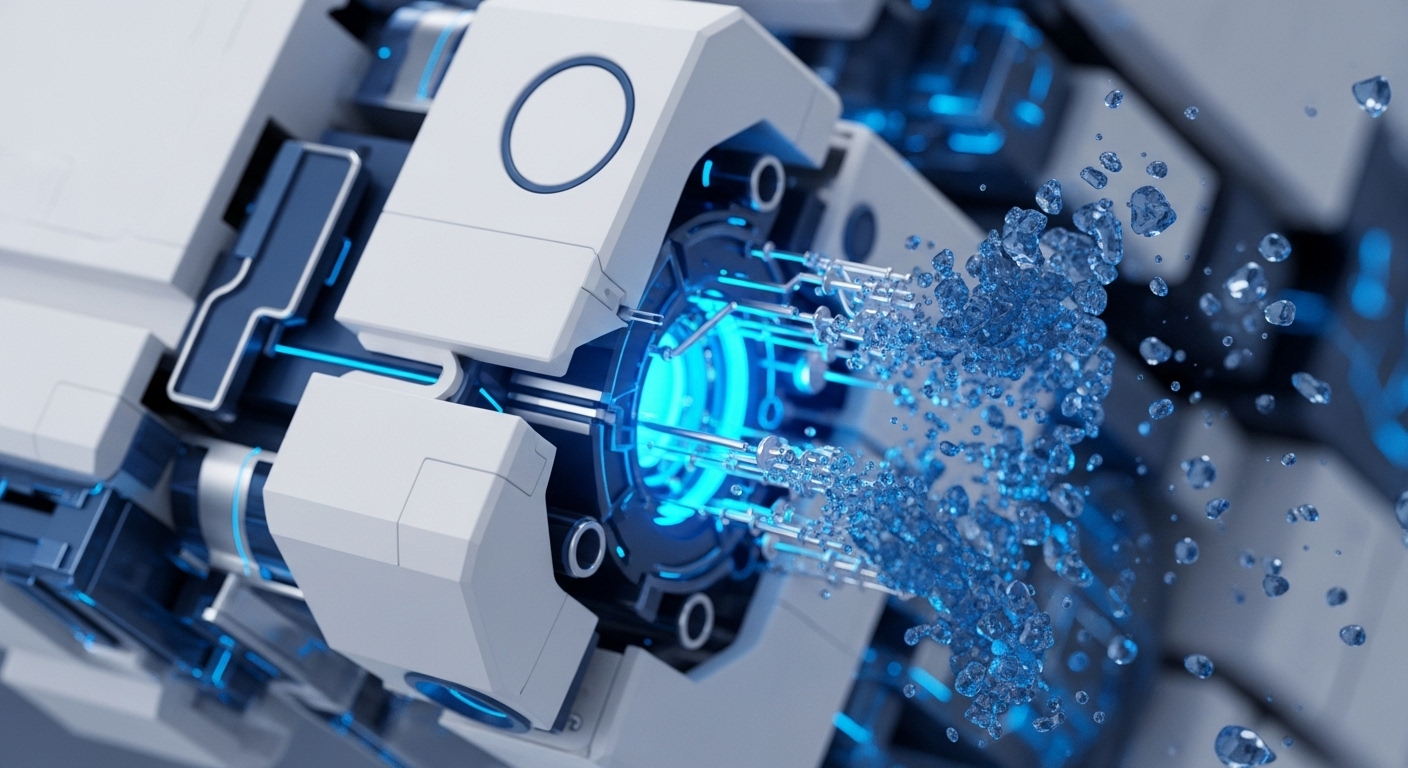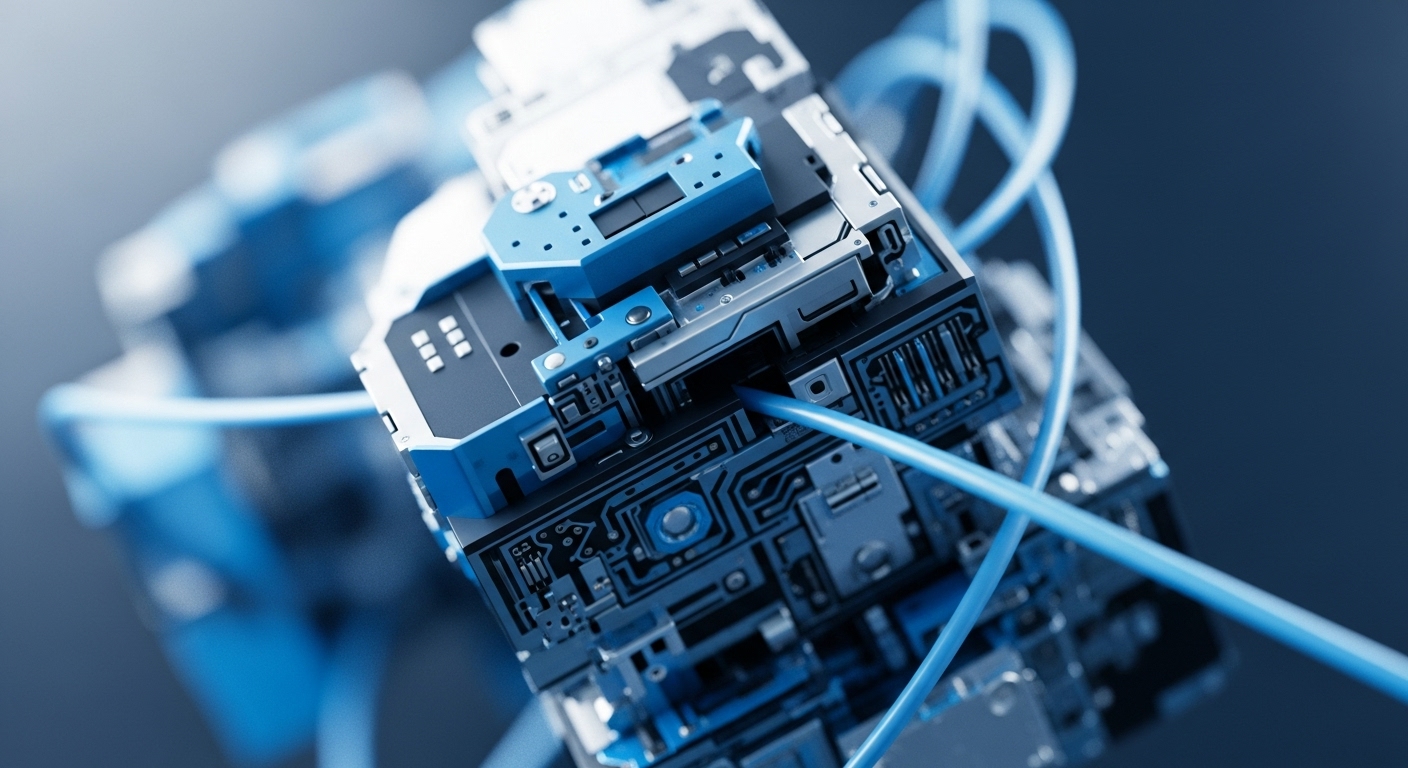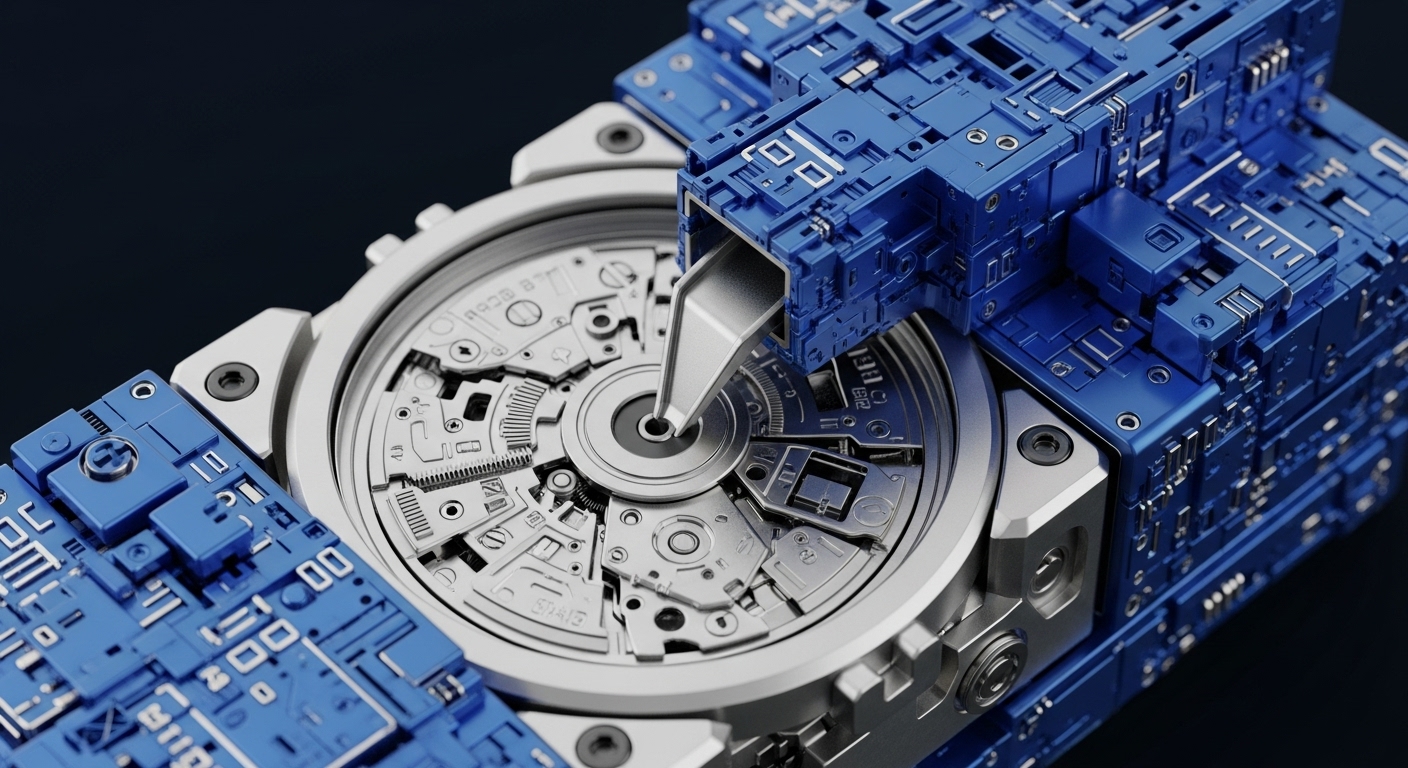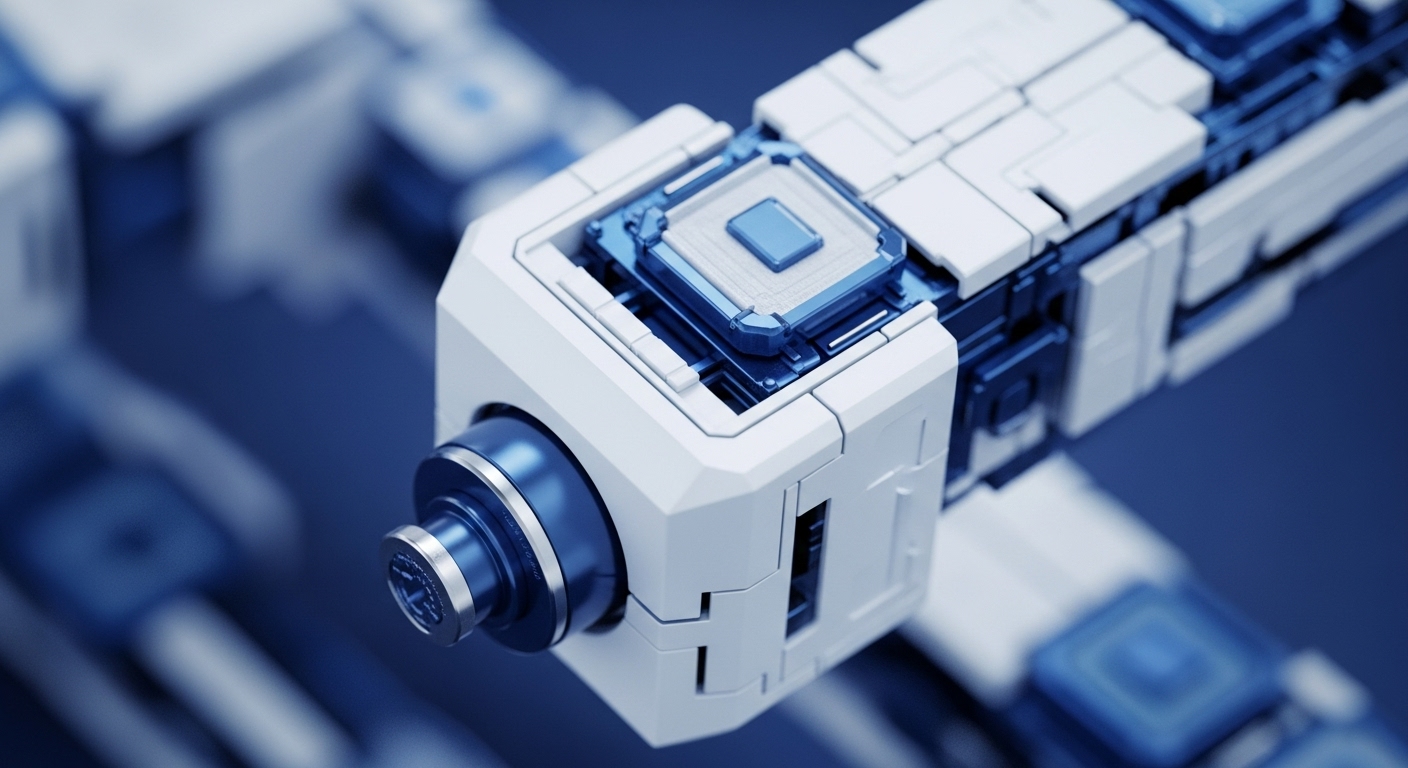
Briefing
The R3alWorld AI Summit in Singapore underscored a pivotal convergence of Decentralized Physical Infrastructure Networks (DePIN) and Artificial Intelligence (AI). This event signals a fundamental shift in how global infrastructure is provisioned, moving towards community-owned, token-incentivized systems. The primary consequence for the Web3 ecosystem is the acceleration of scalable, cost-efficient, and resilient decentralized solutions for critical services such as compute, storage, and wireless connectivity. A key metric quantifying this traction is the projected 25% annual growth rate for the DePIN ecosystem through 2026, driven by over 1,000 active projects.

Context
Prior to this convergence, the decentralized application landscape faced significant friction points. Centralized infrastructure providers dominated, imposing high operational costs, creating single points of failure, and often limiting equitable access, particularly in emerging markets. The escalating demand for computational power, especially for AI workloads, highlighted a prevailing product gap ∞ the absence of a truly scalable, cost-effective, and permissionless framework for distributed physical resources. This created a bottleneck for Web3 innovation requiring robust, real-world infrastructure.

Analysis
The DePIN-AI convergence fundamentally alters the application layer by redefining digital resource provisioning and user incentive structures. It shifts the paradigm from opaque, centralized control to transparent, community-driven networks where participants are incentivized with crypto-economic protocols for contributing physical resources. This model directly impacts liquidity provisioning by channeling capital into real-world infrastructure, fostering a new class of tokenized assets. For the end-user, this translates into demonstrably lower operational costs ∞ up to 40% in sectors like logistics and healthcare ∞ and enhanced resilience against outages.
Competing centralized cloud and infrastructure providers now face a disruptive force offering superior cost efficiency and a more robust, distributed network topology. The traction stems from DePIN’s ability to address tangible infrastructure needs with Web3’s core tenets of decentralization and token-based coordination.

Parameters
- Core Event ∞ R3alWorld AI Summit
- Key Focus ∞ DePIN-AI Convergence
- Ecosystem Growth Projection ∞ 25% annual growth (through 2026)
- Operational Cost Reduction ∞ Up to 40% in key sectors
- Participating Projects ∞ Over 1,000 active DePIN projects
- Core Infrastructure Types ∞ Storage, Compute, Wireless, Mobility

Outlook
The next phase for DePIN-AI convergence involves establishing robust interoperability standards to unify diverse DePIN protocols, alongside the development of advanced zero-trust security frameworks. This innovation possesses significant potential to be copied, with centralized entities likely exploring hybrid models that integrate decentralized components to capture efficiency gains. Furthermore, this new primitive is poised to become a foundational building block for a myriad of other dApps, particularly those in the AI and IoT sectors, requiring distributed physical resources at scale. The emphasis on community-driven infrastructure positions DePIN as a critical enabler for the broader Web3 vision of a more equitable and efficient digital economy.

Verdict
The convergence of DePIN and AI establishes a foundational shift in global infrastructure, catalyzing a new era of democratized, efficient, and resilient decentralized resource provisioning.
